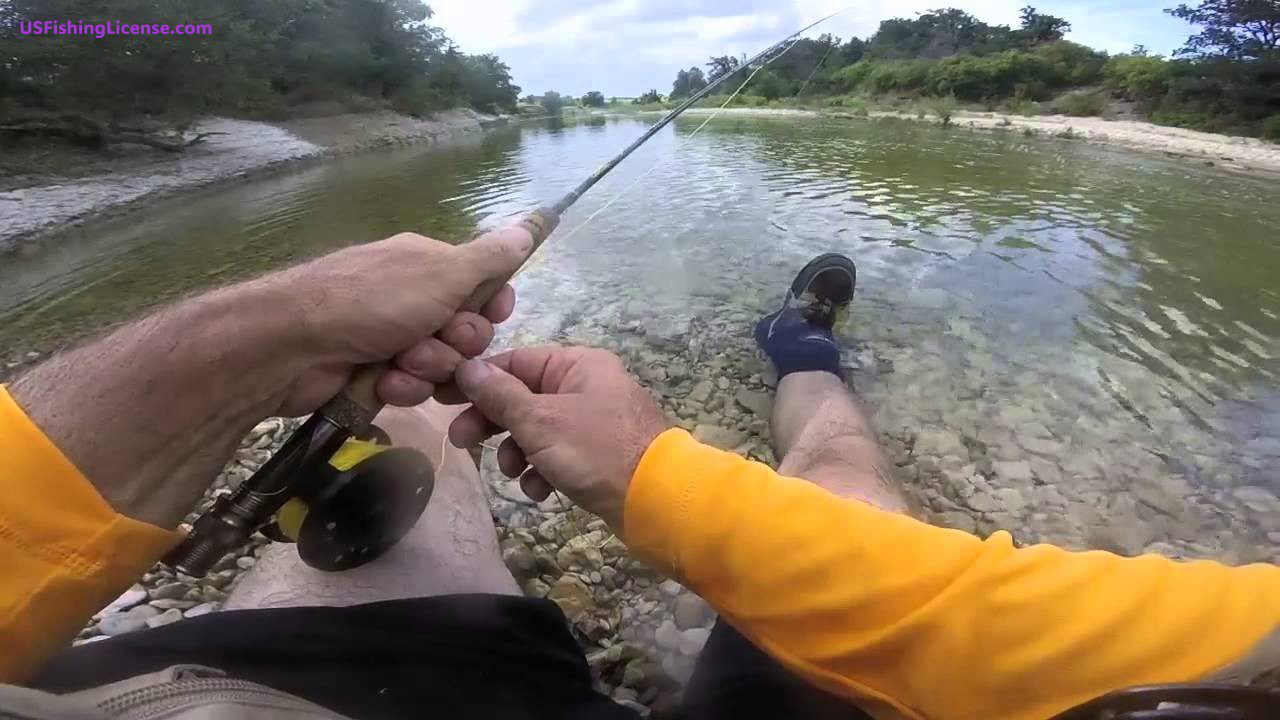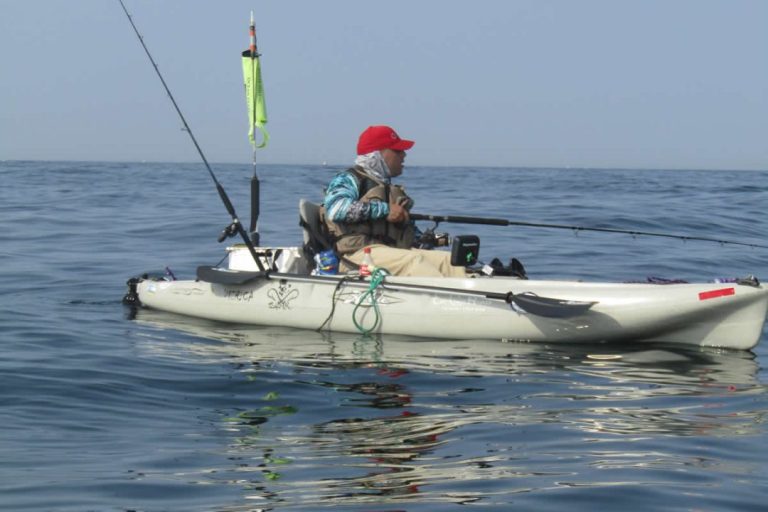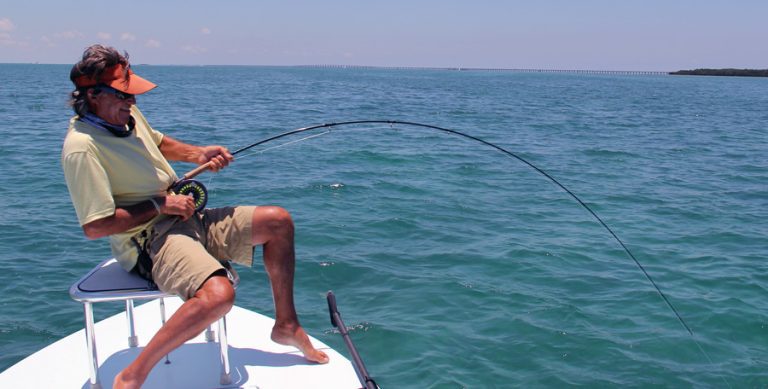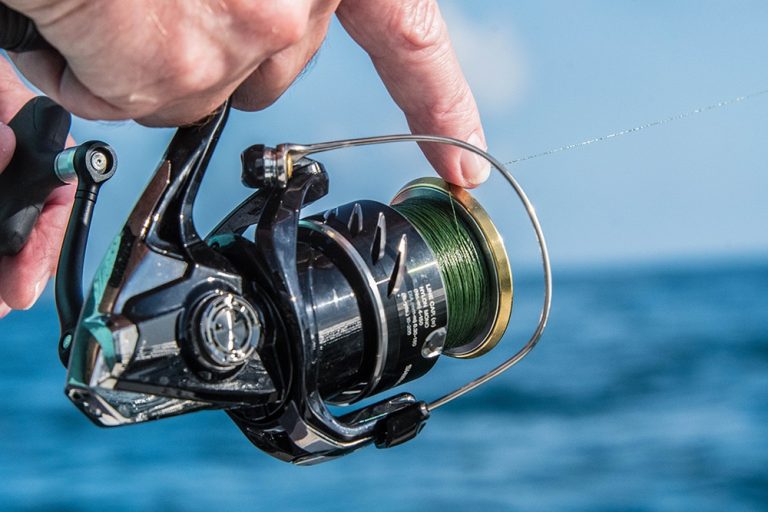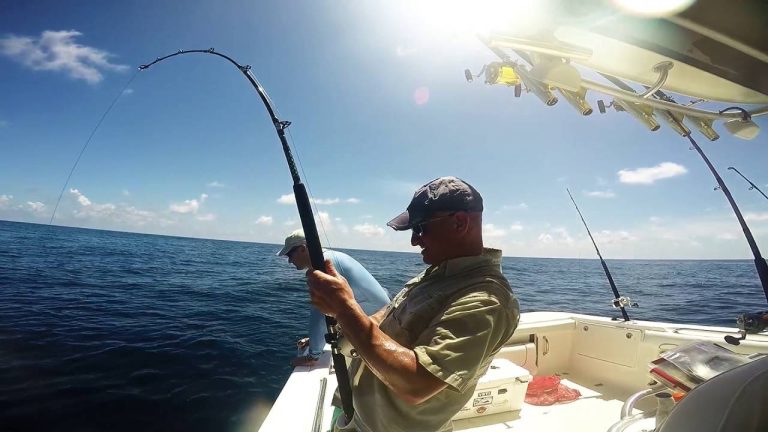Tennessee stands as one of America’s premier trophy smallmouth bass destinations, home to the former world record (11 pounds, 15 ounces from Dale Hollow Lake) and consistently producing 5+ pound bronzebacks that anglers dream about. From the legendary Dale Hollow Lake to the powerful Tennessee River system, the Volunteer State offers diverse opportunities for targeting trophy smallmouth bass, but knowing where to go and understanding current regulations is essential for success.
Trophy Smallmouth Waters in Tennessee: Where to Find Lunkers
Tennessee’s reputation for trophy smallmouth bass isn’t accidental—it’s the result of ideal habitat conditions, effective management practices, and the genetic potential within specific waterways. These top destinations consistently produce exceptional catches:
Dale Hollow Lake
Dale Hollow remains Tennessee’s crown jewel for trophy smallmouth fishing, consistently producing fish in the 5-7 pound class with legitimate 8+ pound potential.
- World Record History: Held the world record (11 pounds, 15 ounces) for 54 years until 2021
- Peak Seasons: Early spring (March-April) and late fall (October-November)
- Top Techniques: Deep vertical jigging with hair jigs near channel breaks (winter), crawfish imitations on rocky points (spring), and suspending jerkbaits along bluff walls (fall)
- Current Regulations: 2 smallmouth daily limit, only one over 21 inches
Dale Hollow’s trophy reputation continues with good reason. The lake maintains exceptional water quality with ample oxygen at depth, allowing smallmouth to utilize the lake’s entire water column seasonally. According to Tennessee Wildlife Resources Agency (TWRA), the lake’s forage base of alewives, crayfish, and sculpin provides ideal nutrition for growing trophy fish.
“Dale Hollow remains Tennessee’s most reliable trophy smallmouth destination with a realistic chance at a 7+ pound fish on any given day,” notes TWRA Fisheries Biologist Mike Smith. “The lake’s depth, water clarity, and forage base create perfect conditions for growing trophy smallmouth.”
For licensing information before your Dale Hollow trip, visit the Tennessee fishing license guide from US Fishing Licenses.
Tennessee River Tailwaters
The tailrace areas below TVA dams along the Tennessee River produce some of the state’s heaviest smallmouth, particularly in the Wilson and Wheeler dam areas.
- Top Sections: Below Wheeler Dam and Wilson Dam
- Best Times: Early spring and late fall when current generation is moderate
- Techniques: Heavy swimbaits, deep-diving crankbaits, and football-head jigs in current seams
- Trophy Potential: Regular catches of 6-pound smallmouth with occasional 7-8 pound specimens
Current is key in these tailwater environments. TVA dam generation schedules create prime feeding opportunities for smallmouth, concentrating baitfish and triggering aggressive strikes from trophy bass. Check the Tennessee Valley Authority generation schedules before planning your trip.
According to Tennessee fishing guide Captain Jake Davis, “The river smallmouth below Wheeler Dam are some of the heaviest-bodied bass you’ll find anywhere. These fish are true river trophies with shoulders and bellies that will make your heart skip.”
Chickamauga, Nickajack and Guntersville
These connected Tennessee River impoundments have experienced significant regulatory changes due to hybridization concerns but still produce quality smallmouth.
- 2025 Regulatory Changes: New 5 smallmouth daily limit (only 1 over 16″) implemented to address hybridization with spotted bass
- Prime Areas: Rocky main-lake points, bridge pilings, and riprap areas
- Best Season: Early spring before the spotted bass spawn
- Conservation Concerns: Growing population of Alabama spotted bass creating hybridization issues with native smallmouth
| Lake | Creel Limit (2025) | Size Restrictions | Best Season |
|---|---|---|---|
| Chickamauga | 5 smallmouth per day | Only 1 over 16″ | March-April |
| Nickajack | 5 smallmouth per day | Only 1 over 16″ | February-April |
| Guntersville | 5 smallmouth per day | Only 1 over 16″ | October-November |
The TWRA has documented concerning levels of hybridization between smallmouth and Alabama spotted bass in these waters, leading to revised regulations. “We’ve relaxed some smallmouth protections in these systems to help control the hybridization issue,” explains TWRA Fisheries Manager Frank Fiss. “Anglers can help conservation efforts by harvesting spotted bass when legally permitted.”
Before fishing these waters, verify your Tennessee fishing license status to ensure compliance.
Pickwick Lake
This southern Tennessee reservoir provides exceptional smallmouth fishing, particularly in its upper reaches near Wilson Dam.
- Key Areas: Seven Mile Island area, tailrace below Wilson Dam
- Trophy Season: October through April
- Top Techniques: Alabama rigs, deep diving crankbaits, and heavy swimbaits
- Average Size: Quality 3-5 pounders with legitimate 6+ pound potential
Pickwick offers diverse structure that concentrates smallmouth, from shallow shoals to deep ledges along the old river channel. Guide services specifically targeting trophy smallmouth operate year-round, with peak bookings during the fall and early spring periods.
Tennessee Fishing License Requirements for Trophy Pursuits
Before targeting trophy smallmouth, ensure you’re properly licensed. Tennessee requires:
Resident Anglers:
- Annual Fishing License: $34.00
- 1-Day Fishing License: $6.50
Non-Resident Anglers:
- Annual Fishing License: $99.00
- 7-Day Fishing License: $46.00
- 1-Day Fishing License: $14.50
Purchase your license through the TWRA website or visit US Fishing Licenses Tennessee page for detailed information. All anglers born after January 1, 1969, must carry a valid fishing license while fishing Tennessee waters.
Tennessee Angler Recognition Program (TARP)
The Tennessee Angler Recognition Program provides official recognition for trophy catches, including smallmouth bass. To qualify:
- Catch a smallmouth bass measuring at least 20 inches or weighing 4 pounds or more
- Take clear photographs of the fish with a measuring device visible
- Complete the official TARP application
- Submit within 30 days of catch
Successful applicants receive a certificate and are listed in the TWRA trophy fish registry. This program not only recognizes angler achievements but also helps biologists track trophy fish populations and genetic trends across the state.
Seasonal Tactics for Trophy Smallmouth
Spring (March-May)
Spring offers prime trophy opportunities as pre-spawn smallmouth move shallow and feed aggressively.
- Early Spring (March): Target transitional areas between winter deep water and spawning flats
- Pre-Spawn (April): Focus on staging areas near spawning coves
- Spawn (May): Target visible beds in clear water lakes like Dale Hollow
Best Baits: Suspending jerkbaits, Ned rigs, and small swimbaits
Summer (June-August)
Summer pushes smallmouth deeper in reservoirs but creates excellent topwater opportunities in river systems.
- Reservoirs: Target main lake points, humps, and ledges in 15-30 feet
- Rivers: Focus on current breaks, shoals, and oxygenated areas
Best Baits: Deep-diving crankbaits, football jigs, and drop shot rigs for reservoirs; topwater poppers and swimbaits for rivers
Fall (September-November)
Fall represents prime time for trophy smallmouth as fish feed heavily before winter.
- Early Fall: Target creek mouths and channel swings as smallmouth follow baitfish migrations
- Late Fall: Focus on deeper structure as water temperatures cool
Best Baits: Spinnerbaits, jerkbaits, and Alabama rigs
Winter (December-February)
Winter concentrates smallmouth in predictable deep areas, often producing the year’s largest specimens.
- Key Areas: Deep main lake structure in 25-45 feet of water
- Techniques: Vertical presentations with minimal movement
Best Baits: Hair jigs, blade baits, and finesse presentations with minimal action
Conservation and Current Regulations (2025)
Tennessee’s smallmouth regulations vary by waterway, reflecting their unique ecological challenges:
| Waterway | Daily Limit | Size Restrictions | Special Regulations |
|---|---|---|---|
| Dale Hollow Lake | 2 smallmouth | Only 1 over 21″ | Catch and release encouraged |
| Cherokee/Douglas Lakes | 5 smallmouth | Only 1 over 18″ | Seasonal restrictions apply |
| Chickamauga/Nickajack | 5 smallmouth | Only 1 over 16″ | New 2025 regulations |
| Streams statewide | 5 smallmouth | None under 9″ | Region-specific variations exist |
The most significant 2025 regulatory change affects the Tennessee River system (Chickamauga, Nickajack, and Guntersville), where hybridization with Alabama spotted bass has prompted management shifts. The TWRA has relaxed some smallmouth protections to help control the spread of hybrid genetics, though trophy fish remain protected.
Hybridization Concerns: Alabama spotted bass (introduced illegally) readily hybridize with native smallmouth, creating “meanmouth” hybrids that display mixed characteristics. These hybrids often don’t reach the trophy sizes of pure smallmouth bass. Anglers can help conservation efforts by learning to identify and harvest spotted bass when permitted.
For complete regulation details, visit the TWRA Fishing Guide.
Planning Your Trophy Smallmouth Trip
Best Times to Visit
For maximum trophy potential in Tennessee:
- Late October to mid-December: Prime fall feeding period
- March through early April: Pre-spawn period
- January through February: Deep winter patterns (challenging but productive)
Guide Services
Professional guidance dramatically increases trophy chances, especially for visiting anglers:
Accommodations
Several resorts cater specifically to smallmouth anglers:
- Eagle Cove Resort (Dale Hollow)
- Willow Grove Resort (Dale Hollow)
- Pickwick Landing State Park (Pickwick Lake)
Conservation Ethics for Trophy Anglers
While Tennessee offers extraordinary trophy smallmouth opportunities, responsible angling practices ensure these fisheries remain productive:
- Consider catch and release for trophy smallmouth over 18 inches
- Use barbless hooks when practicing catch and release
- Keep fish in the water during the photo process
- Support habitat conservation through organizations like Smallmouth Alliance
Before planning your trip, ensure your Tennessee fishing license is current and you understand the specific regulations for your chosen waterway.
Tennessee’s diverse smallmouth waters offer legitimate opportunities to catch the fish of a lifetime. With proper planning, understanding of seasonal patterns, and respect for regulations, anglers can experience some of the finest trophy smallmouth fishing available anywhere in North America.



